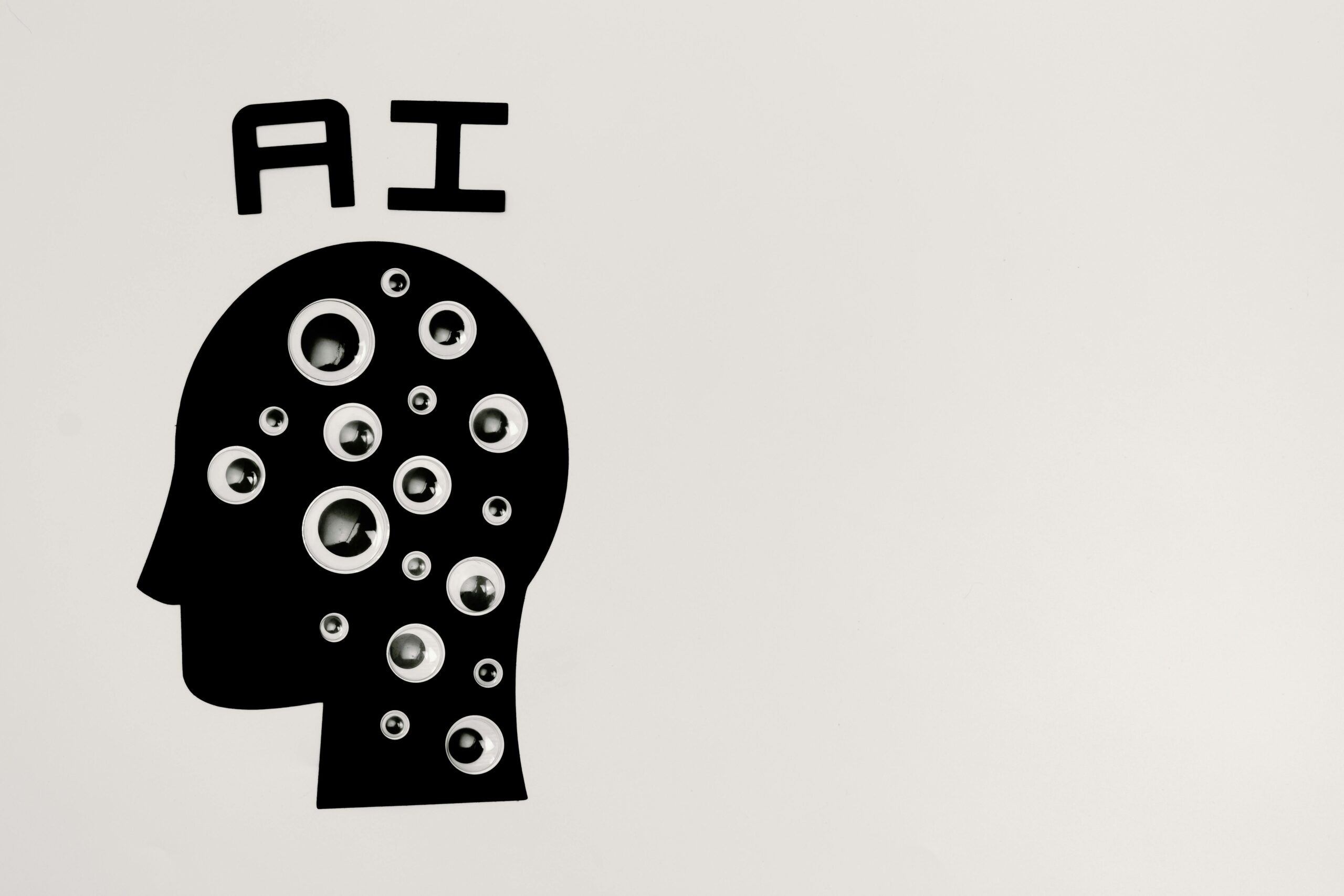Microsoft has unveiled the Majorana 1 chip, a groundbreaking development in the quest for quantum computing. This chip introduces the world’s first topological qubit, a revolutionary approach that stores quantum information across a surface, making it inherently resilient to the noise that plagues conventional quantum computers. This innovation holds the potential to finally provide a viable and scalable path to realizing a functional quantum computer.
Unlike traditional quantum computers that rely on the quantum states of localized atoms, ions, or photons, Microsoft’s Majorana 1 chip leverages a new state of matter, weaving quantum information into the very fabric of physics itself. This article delves into the intricacies of this new approach, its potential power, and what it unlocks for the future of computation.
The Quantum Computing Promise and the Peril of Noise
Quantum computers promise a paradigm shift in computation, offering extraordinary power that could surpass even the most advanced supercomputers. Their potential applications span revolutionary advancements in material science, drug discovery, and solving complex optimization problems intractable for classical computers. However, the very principles that make quantum computers powerful—quantum mechanics—also render them incredibly fragile. The core issue is ‘noise,’ which can prematurely collapse delicate quantum states of qubits, leading to errors and the loss of computation.
Understanding Qubit Fragility
In conventional quantum computers, qubits, which represent 0, 1, or a superposition of both, are measured by interacting with them, often via light or fields. This act of measurement inherently disturbs the qubit’s state, causing its wave function to collapse into a definite 0 or 1.
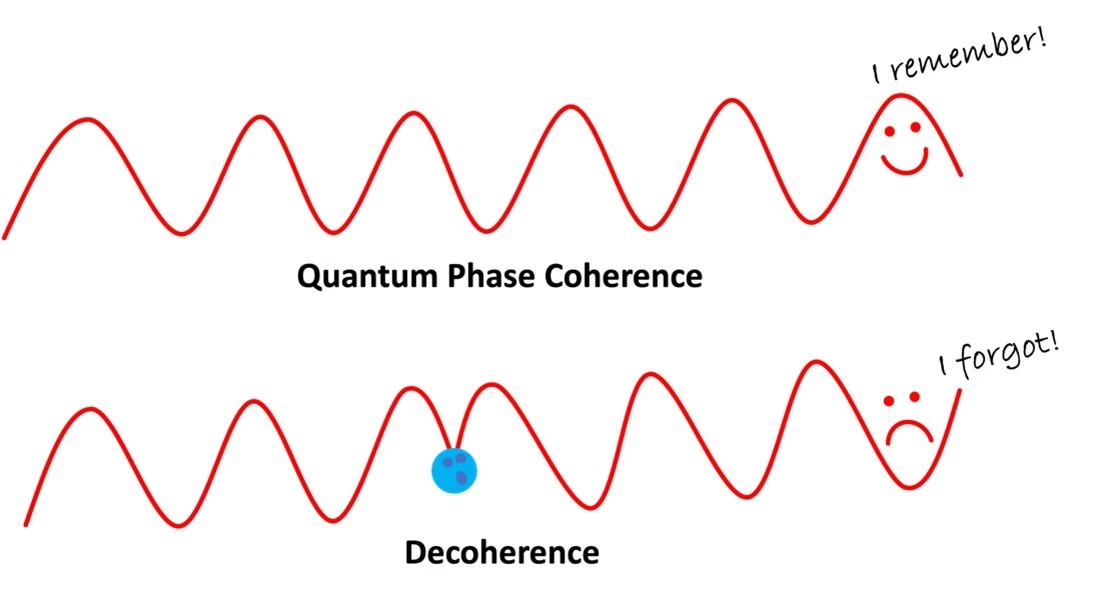
This problem is exacerbated when such disturbances occur mid-computation. External factors like stray photons, minor temperature fluctuations, or even atomic-level vibrations can cause ‘decoherence,’ prematurely collapsing the qubit state and invalidating the computation. Imagine a delicate sandcastle on a windy beach; quantum states are similarly easily eroded by environmental ‘winds.’
The Shielding Imperative
To combat this fragility, current quantum computers require complex, sci-fi-like shielding systems. These enclosures create a vacuum to prevent stray atoms from interfering and cool the system to extremely low temperatures, around 50 millikelvin (0.05 K above absolute zero).
This is significantly colder than deep space (2.7 K) or Antarctica’s coldest recorded temperature (-88°C or 184 K). The shrouding also shields against electromagnetic interference, radio frequencies, and magnetic fields. Despite these elaborate measures, qubits remain exceptionally delicate, prone to errors that hinder the realization of their full potential.
The Challenge of Quantum Error Correction
Classical computers employ error correction by creating redundancies to detect and fix errors. However, quantum error correction is far more complex due to the ‘no-cloning theorem,’ which prohibits exact copying of quantum states. Instead, quantum computers use elaborate error correction codes where multiple physical qubits work together to form a single, stable ‘logical qubit.’ This redundancy comes at a significant cost: today’s leading systems, like those using superconducting qubits, might require hundreds or even thousands of physical qubits to create just one stable logical qubit.
Consequently, a quantum computer with a modest number of logical qubits could necessitate millions of physical qubits, demanding infrastructure the size of a football stadium and posing a fundamental barrier to scalability.
Topology: A New Paradigm for Quantum Stability
Recognizing the limitations of traditional approaches, Microsoft is pioneering a fundamentally different strategy: topological quantum computing. This approach aims to design systems where noise has less impact, with quantum information inherently protected by the laws of physics itself. As explained by Chayon Nyak from Microsoft,
The goal is to create a system where quantum mechanical wave functions possess an underlying ‘rigidity’ that shields them from errors.
The Essence of Topology
Topology, in essence, studies the properties of spaces that remain unchanged under continuous deformations. A simple analogy is a rope with a knot: no matter how you twist, stretch, or bend the rope, the knot itself remains fundamentally intact unless the rope is cut.
Topological quantum computing applies this principle by weaving quantum information into a global property of the system, making it naturally immune to localized errors. This ‘hardware protection’ at the ground level ensures that quantum information, distributed across the system, is far more resilient to displacement and destruction from external noise.
The Majorana Particle: The Key to Topological Qubits
To understand how this chip functions, it’s crucial to explore the elusive Majorana particle. The realization of a topological quantum computer hinges on harnessing one of quantum mechanics’ most peculiar entities: the Majorana particle. Proposed by Italian physicist Ettore Majorana, these particles possess the unique characteristic of being their own antiparticles, unlike most particles which have distinct antiparticles (e.g., electron and positron). Could the very essence of a particle be its own opposite? Majorana particles were theorized to exist in pairs, and their elusive nature made them a long-sought-after discovery in high-energy physics.
The Elusive Majorana: A Disappearance and a Rediscovery
Ettore Majorana, a brilliant mind of his era, worked on his theories during a tumultuous period leading up to World War II. His work, however, was marked by profound theoretical insights and a reluctance to publish, considering his discoveries too minor. Tragically, in March 1938, Majorana boarded a ship bound for Naples, carrying revolutionary ideas, but he vanished during the voyage, never to be seen or heard from again. For decades, physicists searched for Majorana particles in high-energy physics, particularly neutrinos, hoping to validate the theory of particles being their own antiparticles. This avenue, however, proved fruitless.
Condensed Matter Breakthrough: Majorana-like Behavior
The breakthrough eventually came not from high-energy physics, but from condensed matter physics. In 2012, researchers at Delft University demonstrated that under specific conditions, Majorana-like behaviors emerged in a nanowire composed of semiconductor and superconducting materials. This significant observation was the culmination of an incredibly complex and lengthy process.
Microsoft dedicated 17 years to refining the fabrication and operation of such systems, encountering numerous false starts. The creation of such a structure demands astonishing precision, requiring a crystal structure so perfect that every atom must be meticulously placed. Research visually confirmed this level of accuracy, showcasing materials with literally no misplaced atoms.
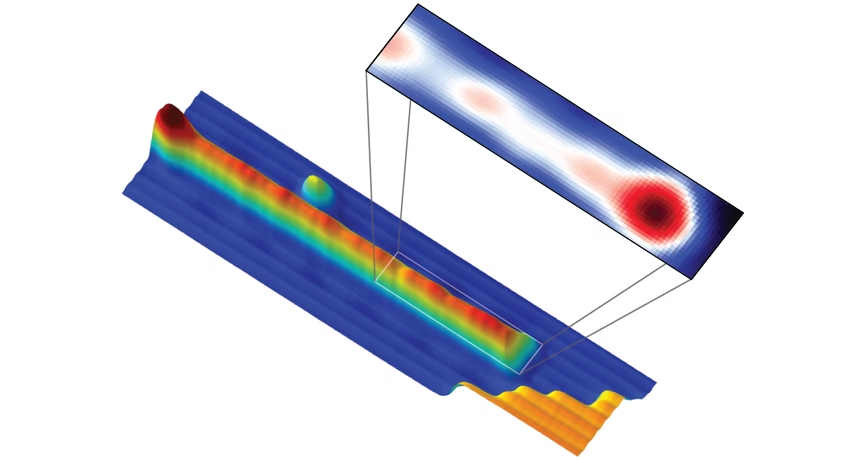
How the Topological Nanowire Works
The innovative nanowire at the heart of Microsoft’s approach is fabricated from a semiconductor material containing mobile electrons. Electric field gates precisely control these electrons.
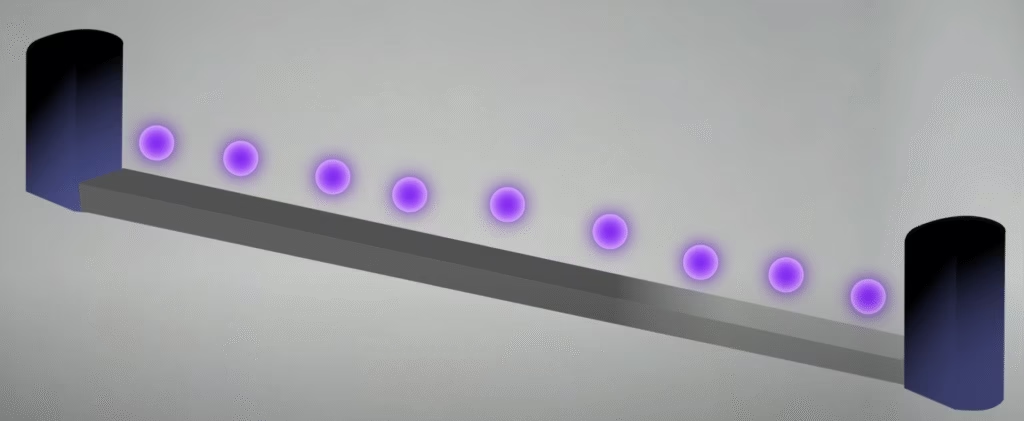
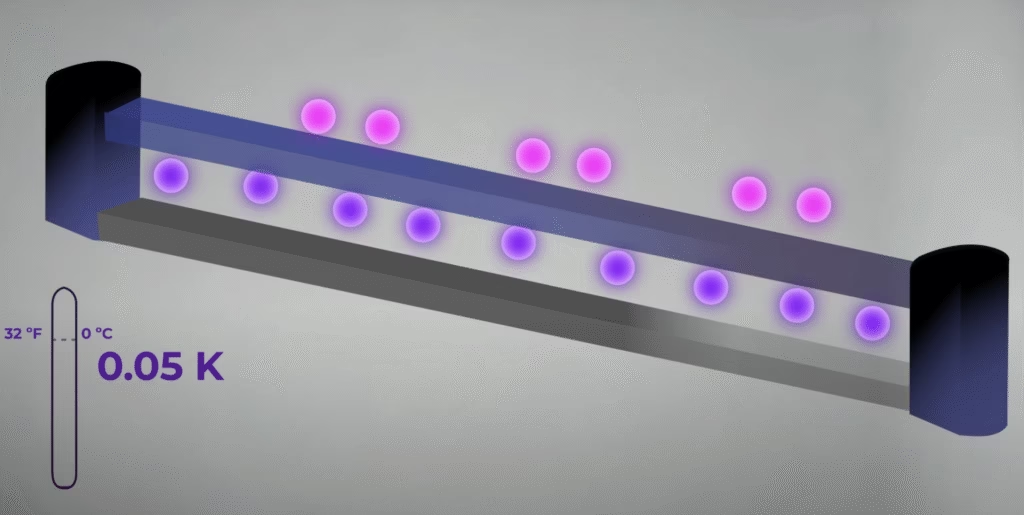
A thin layer of superconductor is then deposited onto this nanowire. Upon cooling to the cryogenic temperatures required for quantum computation, the superconductor enters a state of zero electrical resistance, facilitated by Cooper pairs (pairs of electrons moving together).
Proximity Effect and Magnetic Fields
The magic begins when some of these Cooper pairs tunnel into the semiconductor nanowire below, imbuing the semiconductor with superconducting properties through a ‘proximity effect.’
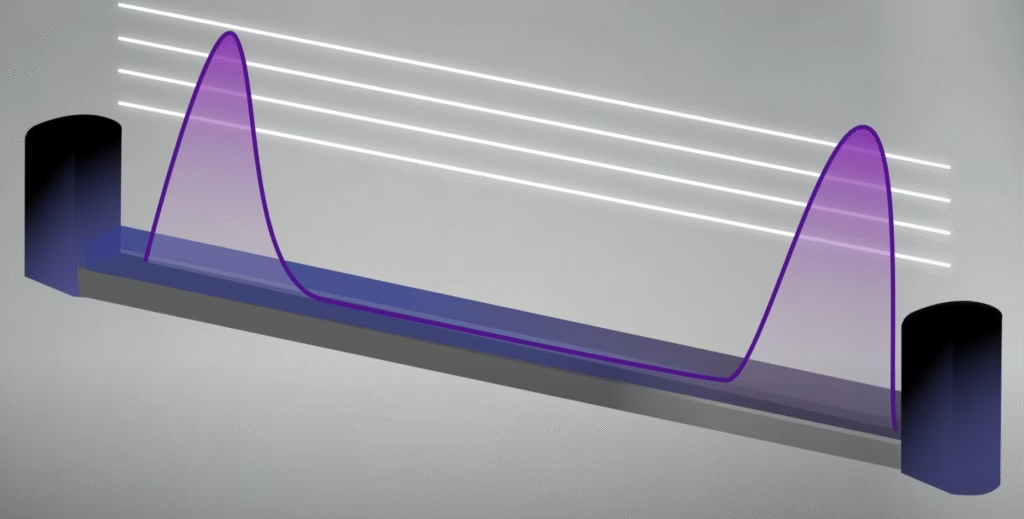
Subsequently, applying a strong magnetic field causes the electronic states within the nanowire to split. This splitting results in two Majorana particles, each existing at opposite ends of the nanowire. Crucially, the quantum information associated with these electrons becomes distributed across the entire length of the wire, effectively existing at both ends simultaneously.
A New State of Matter: The ‘2D Conductor’
Microsoft refers to this phenomenon as a ‘2D conductor,’ describing it as a new state of matter. While the universe boasts numerous states of matter beyond solids, liquids, and gases (such as plasmas, Bose-Einstein condensates, and superfluids), this achievement arguably earns its place as a distinct new state due to its unique quantum properties.
From Majorana Particles to Topological Qubits
Creating a qubit requires two distinguishable states. In topological quantum computing, these states are defined by the parity of electrons on the nanowire. An even number of electrons can be designated as ‘0,’ and an odd number as ‘1.’
In a conventional wire, external disturbances could easily add or remove an electron, flipping the parity and collapsing the quantum state. However, the Majorana zero modes alter this by distributing the electron information across the wire’s full length, concentrating it at the ends.
Built-in Fault Tolerance
This distributed nature means that even if noise affects one end of the system, the quantum state remains preserved. This inherent robustness defines the world’s first topological qubit. Unlike traditional superconducting or trapped-ion qubits that require extensive error correction, Majorana-based qubits are naturally resistant to small errors.
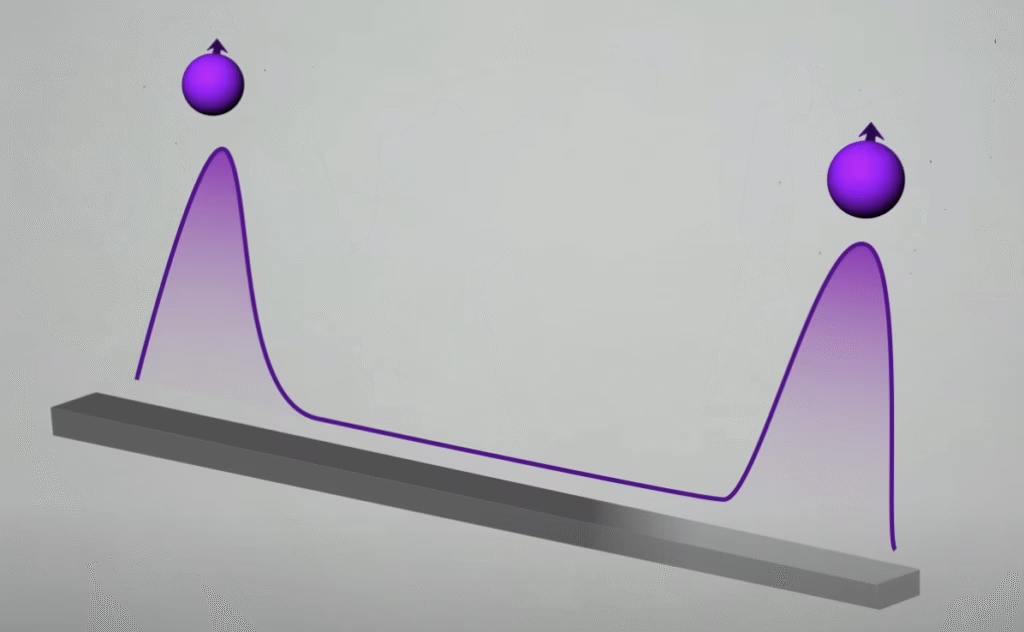
This built-in fault tolerance bypasses the need for massive error correction overheads, potentially eliminating the requirement for stadium-sized quantum computers for even moderate-scale computations.
The Majorana 1 Chip: A Proof of Concept
Microsoft’s culmination of this research is the Majorana 1 chip, an 8-qubit device serving as a proof of concept. This chip marks the first time Majorana qubits have been detected, controlled, and read out. While 8 qubits might seem modest compared to the rapid scaling seen in other quantum platforms, the significance lies in the architecture’s potential to reliably produce a large number of stable qubits on a single, hand-holdable chip.
Shifting from Science to Engineering
This development signifies a critical inflection point for the industry. Microsoft’s ability to scale this chip from 8 to a million qubits is now viewed not as a distant dream but as an engineering challenge.
As explained by Zuli Chen from Microsoft, transitioning from fundamental science to engineering dramatically accelerates the timeline. With the scientific hurdles cleared, the focus shifts to predictable engineering processes and clearly defined goals, suggesting that functional quantum computers could be just three years away—a significant acceleration from previous optimistic estimates of a decade or more. When questioned about the timeline for such an achievement, the response was surprisingly optimistic: what was once considered decades away might now be years away.
Transforming Industries: The Power of Quantum Simulation in Chemistry and Materials
The potential applications of this stable quantum computing technology are vast, with chemistry emerging as a primary beneficiary. Quantum computers can tackle complex problems in chemical reactions by accurately modeling the ‘energy landscape’ – the energy barriers that chemicals must overcome to interact, bond, or break down.
Classical computers face limitations due to the exponential scaling of complexity with system size in quantum simulations. This means that as molecules grow larger or more complex, the computational resources required for accurate simulation grow exponentially, quickly exceeding even the most powerful supercomputers.
Current approximations in classical simulations can lead to errors orders of magnitude off, necessitating extensive trial-and-error to discover new chemicals and catalysts. Quantum computers, by contrast, can model these interactions at the quantum scale, precisely simulating electron behavior and energy requirements.
This allows for the potential of ‘first-time right’ computations, enabling the discovery of chemicals with predictable properties. This capability can revolutionize fields like material science, drug discovery, and optimization problems intractable for classical computers. This could dramatically accelerate the drug development pipeline, bringing life-saving treatments to market faster.
Navigating the Skepticism: The History of Majorana Claims
As with any disruptive technology, Microsoft’s claims have met a degree of skepticism within the scientific community. This is partly due to historical precedents; a 2018 paper by Microsoft claiming the observation of Majorana zero modes was later retracted in 2021 due to flaws in data analysis.
In 2021, independent researchers identified flaws in the data analysis, retracting the paper. Microsoft asserts it has addressed previous issues and presented new evidence to support its Majorana zero mode findings. Their recent paper claims the clearest path yet to scalable topological quantum computers, suggesting they have overcome previous data misinterpretations.
The Scientific Due Diligence: Nature Paper and Public Claims
However, some physicists remain unconvinced, pointing to a perceived disconnect between scientific publications and public announcements. Specifically, concerns question whether the Nature paper, while significant, provides conclusive empirical evidence of a ‘topological qubit.’
This omission fueled discussion within the physics community, as measurements like coherence times are critical for assessing qubit viability for computation. Some see the current situation as a ‘red flag’ due to perceived misalignment between public announcements and paper publication timelines. However, the pace of scientific discovery and the peer review/publication process do not always synchronize with public relations or product announcements.
Chayon Nyak has clarified that the Nature paper was submitted a year prior to its publication, and significant progress has been made since then. These subsequent advancements, reportedly presented at conferences and internal demonstrations, are said to provide stronger evidence of qubit performance and parity measurements.
The ongoing dialogue highlights the dynamic nature of scientific research, where initial findings often see more robust validations as the technology matures. The scientific community’s reaction underscores the importance of transparency and rigorous, reproducible evidence to validate transformative technological claims.
The Human Drive for Discovery
Beyond the technical advancements, the pursuit of quantum computing embodies humanity’s defining characteristic: the relentless drive to understand and challenge the universe’s limits. While other species exhibit remarkable intelligence and tool use, humanity’s unique capacity lies in devising instruments to probe reality, to ‘look at the Deep chaotic complexity of the cosmos and whisper that seems impossible, I bet we could do it.’ This spirit of innovation and curiosity is what makes breakthroughs like the Majorana 1 chip, and the quest for topological quantum computing, truly worth celebrating.
What can you do?
Stay informed about the latest developments in quantum computing by following reputable science and technology news sources. Engage in discussions about the potential impact of quantum technologies on various fields. If you are a student or professional, consider exploring educational resources and career opportunities in quantum science and engineering. Your interest and engagement are crucial in shaping the future of this transformative technology.
Disclaimer: Common Terms and Their Meanings
- Qubit: The basic unit of quantum information, analogous to a classical bit, but capable of existing in a superposition of states (0 and 1 simultaneously).
- Decoherence: The loss of quantum information due to interaction with the environment, causing a qubit’s state to collapse.
- Topological Qubit: A qubit whose quantum information is encoded in the topological properties of a system, making it inherently resistant to local disturbances.
- Majorana Particle: A hypothetical elementary particle proposed by Ettore Majorana, which is its own antiparticle.
- Superconductor: A material that can conduct electricity with zero resistance below a critical temperature.
- Cooper Pair: A pair of electrons bound together in a superconductor, responsible for superconductivity.
- Proximity Effect: The phenomenon where a superconductor can induce superconducting properties in an adjacent non-superconducting material.
- Energy Landscape: In chemistry, a representation of the energy of a system as a function of its geometric configuration, often visualized as hills and valleys representing energy barriers.
- Energy Barrier: The minimum energy required for a chemical reaction to occur.
Read more about Is Whale Song a Language as Complex as Our Own?
Find out more about Quantum Navigation: Beyond GPS Vulnerability
Here’s the video.
